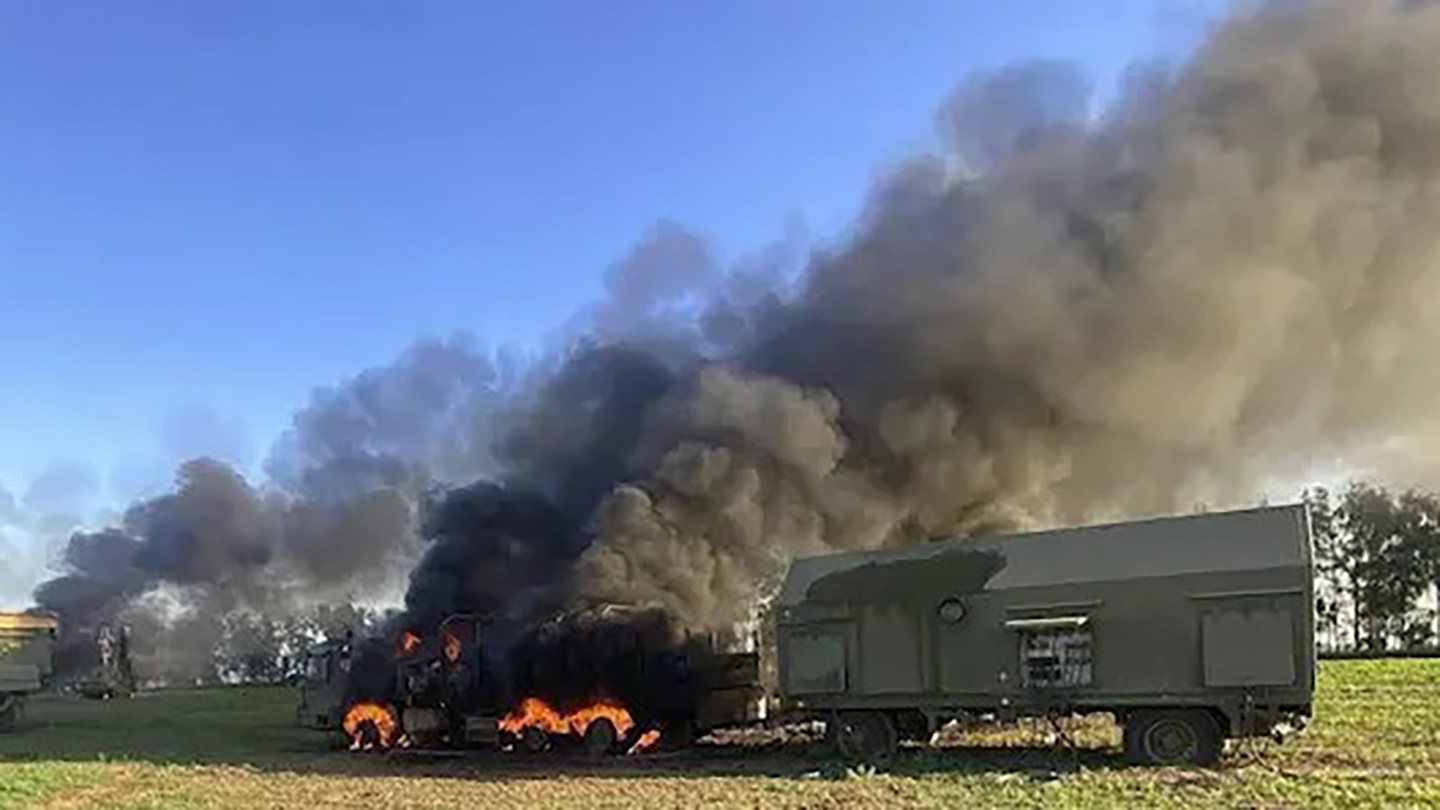Video and images have emerged on social media claiming to show the destruction of an S-400 or S-300 surface-to-air (SAM) system in Belgorod, Russia, by an M142 High Mobility Artillery Rocket System, or HIMARS. The attack on the SAM, located about 30 miles north of the border, comes just days after the Biden administration approved the use of U.S.-donated weapons like HIMARS on Russian soil to disrupt the ongoing offensive pushing toward Kharkiv.
The video and images were first posted by the Russian Spy Dossier Telegram channel on Monday. The 10-second video, shot next to a Russian air defense transporter, shows flames and smoke rising in the distance. While it is unclear from the video what is burning, additional images give greater detail of what was hit.
Three images posted by Spy Dossier show damaged S-400 or S-300 components, some still in flames.
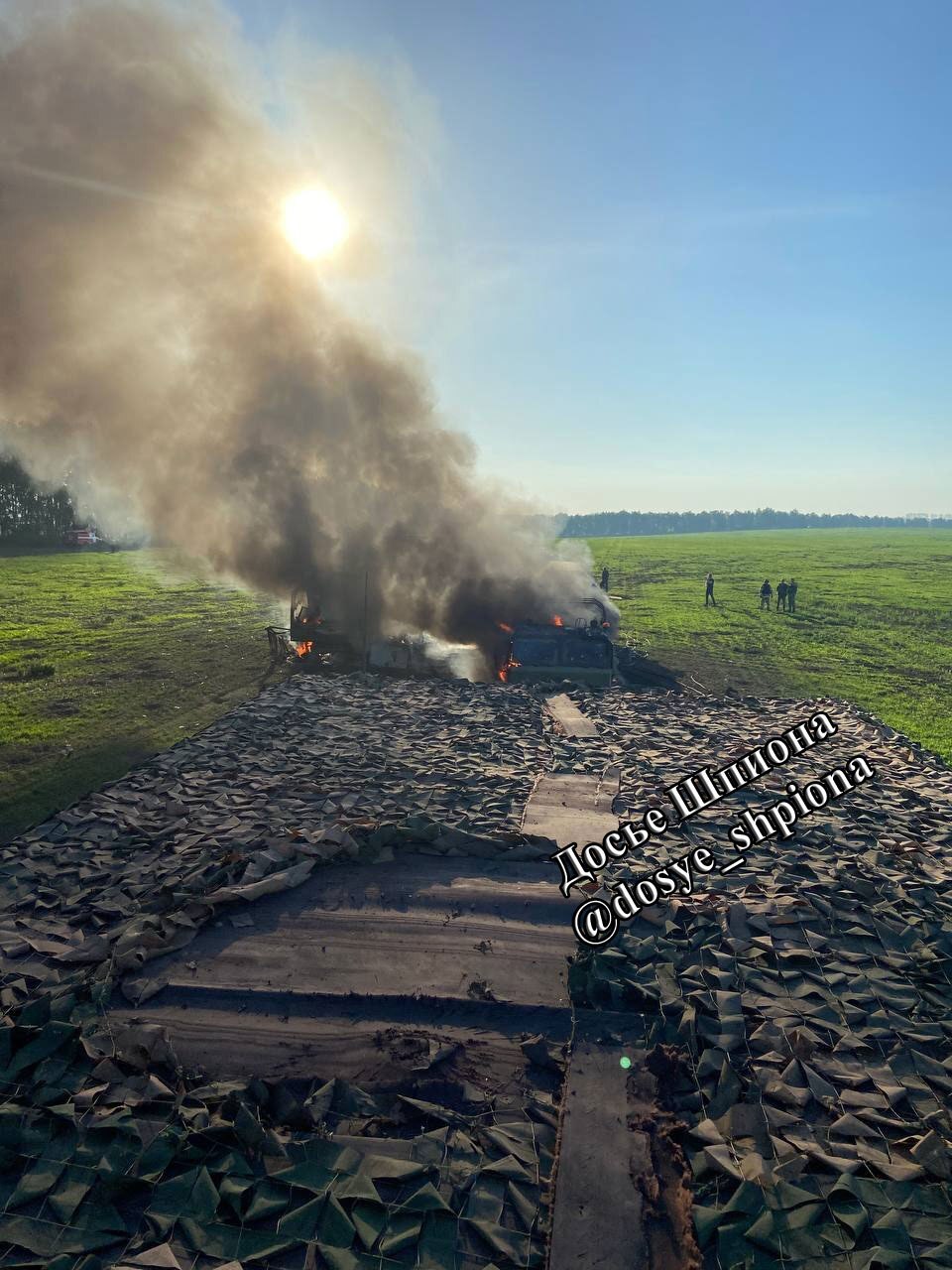
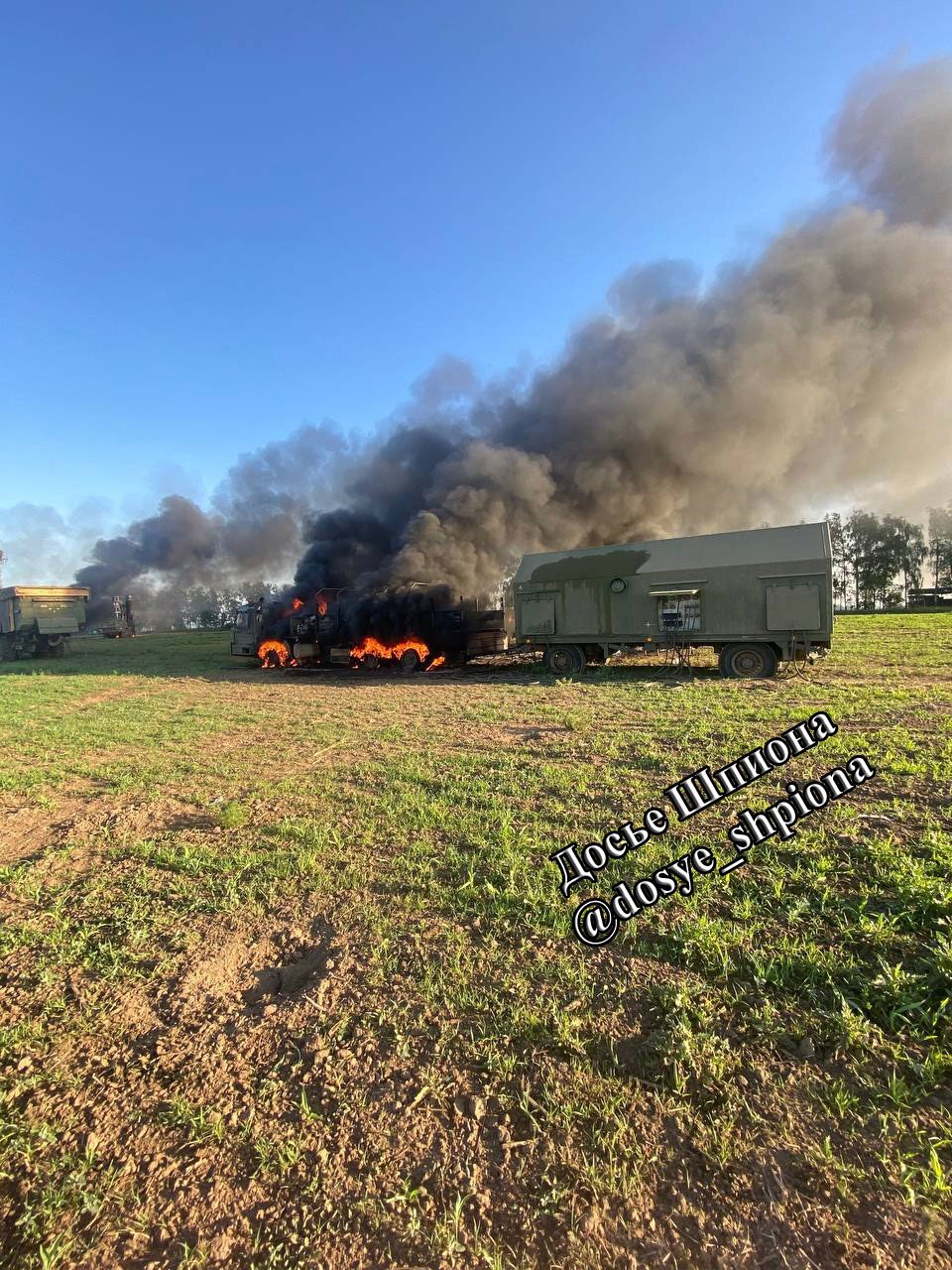
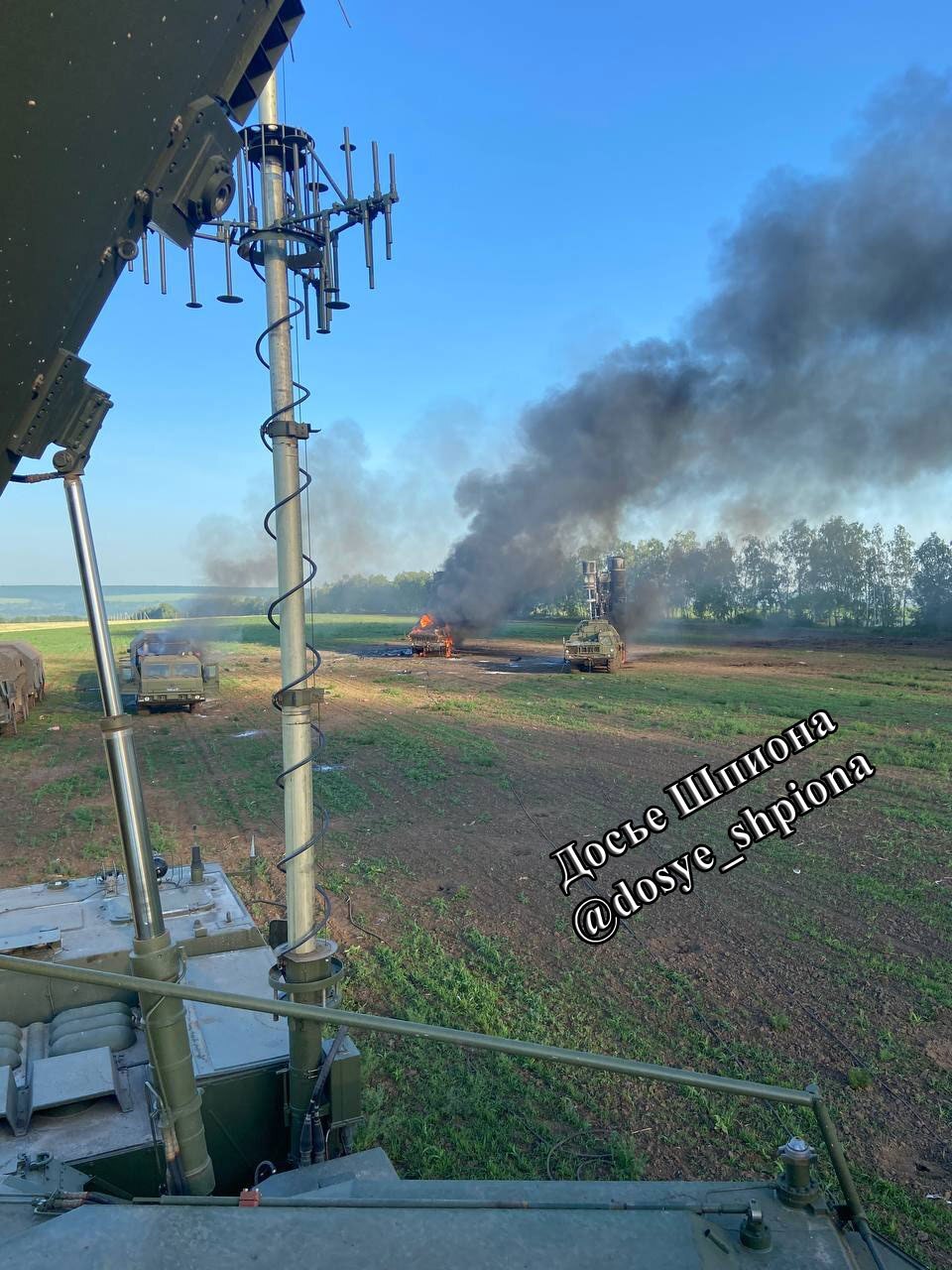
The video and images are undated, but Spy Dossier said the attack was carried out Sunday.
Those images do not show any remnants of the Guided Multiple Launch Rocket System (GMLRS) munitions, which have a range of about 50 miles.
The War Zone could not independently verify that HIMARS-launched GMLRS were involved in this attack, although that would be a top weapon of choice based on what we know about the range and target type. It would also fit with the White House’s new policy of being able to use U.S. weapons to strike inside Russia near the Kharkiv region against direct threats to Ukraine, including long-range weapon systems.
The Pentagon deferred questions to the Ukrainian Armed Forces, which has not yet released a statement. However, Spy Dossier, other Russian Telegram channels and Ukrainian media reported that the attacks were carried about by GMLRS. Russia’s deputy foreign minister did not name any specific system, but warned against the use of U.S. weapons inside Russia.
“The video shows the result of the defeat of the S-300/400 air defense system in the Belgorod region,” Spy Dossier reported. “The strike was carried out using the HIMARS MLRS.”
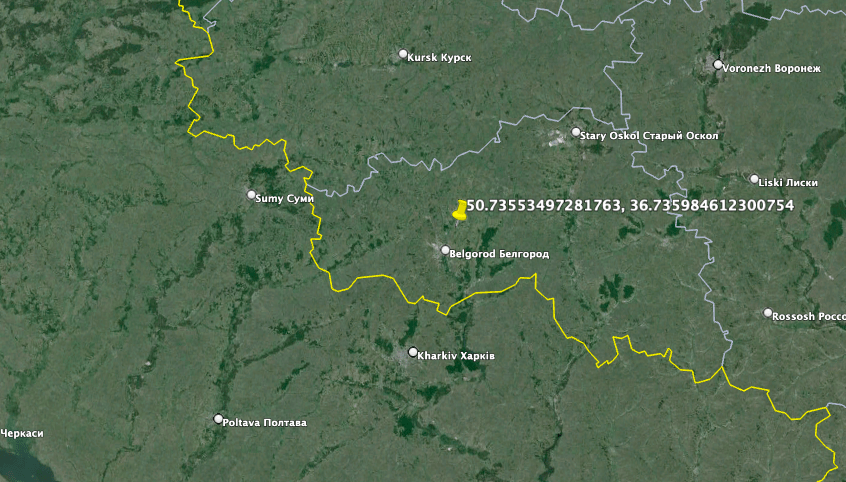
“Friends, we have received bad news from the Belgorod region,” the Russian Kremlin Secrets Telegram channel reported on Monday. “There’s an enemy blow. Two S-400 air defense systems were seriously damaged. The strike was carried out using Western-style weapons. Preliminary – HIMARS.”
“According to our information, the installations were used to strike Kharkiv and other populated areas in the border zone,” Kremlin Secrets added. “Also, unfortunately, the radar and a lot of auxiliary equipment were lost. Please note that we have checked the information about the incident in detail. Our interlocutors claim that after the attack on the air defense systems, one of the conscripts is listed as missing. Two officers died.”
The SAM system was staffed by Russian conscripts, Kremlin Secrets reported.
“Belgorod has come under attack before,” an aide to Belgorod Governor Vyacheslav Gladkov said, according to Kremlin Secrets. “And now that the Ukrainian Armed Forces have received permission to hit us with Western weapons, they will come more often.”
The attack engendered an angry response from Moscow.
“We warn American politicians against their miscalculations, which could have fatal consequences,” said Russia’s Deputy Foreign Minister Sergei Ryabkov on Monday, according to Reuters. “For unknown reasons, they underestimate the seriousness of the resistance they may receive. Russian President Vladimir Putin has repeatedly spoken out on this topic.”
As we have frequently noted, Ukraine has prioritized striking these SAM systems for two main reasons. The first is to degrade Russian air defenses, making it easier to strike targets. These long-range air defense systems threaten Ukrainian aircraft and standoff weapons operations over a radius of up to 250 miles, depending on the variant. In addition, with the fight very heated right across the border from where this system is located, it threatens Ukrainian aircraft that launch glide bombs and other strikes across the lines.
The second is that Russia has been using missiles fired by these systems as long-range strike weapons, including firing into Kharkiv. You can read all about this secondary application of these systems here.
This particular system, being so close to the border, also sits between Ukrainian-held territory and a key aerial conduit for long-range one-way attack drones that have been constantly striking into Russia as far away as Moscow. Belgorod Oblast, where the SAM was hit, is already the top targeted area for Ukrainian drones. Taking out this system would help increase the survivability of those drones. Now that Western weapons are being allowed to be used against targets in this region of Russia, cruise missiles that could be employed will also be threatened by these SAM systems.
With F-16s arriving in Ukraine soon, an even more intense integrated suppression and destruction of enemy air defenses campaign is likely to be waged so that those jets can be as effective as possible in the conflict.
Regardless, the initial attack on Russian soil using U.S.-donated munitions apparently took place on Saturday, also in Belgorod Oblast.
“The Ukrainian Armed Forces used the American Himars MLRS for the first time to shell the Belgorod region,” the Russian Belgorod No. 1 Telegram channel reported on Sunday. “The Ministry of Defense reported that 23 HIMARS shells were shot down over the territory of the Russian Federation over the past 24 hours. Exactly how many were in our region is unknown, but one of the shells was found in Shebekino.”
That channel, however, did not produce any evidence of a GMLRS strike. The War Zone could not independently verify that strike or whether any of the GMLRS munitions were intercepted.
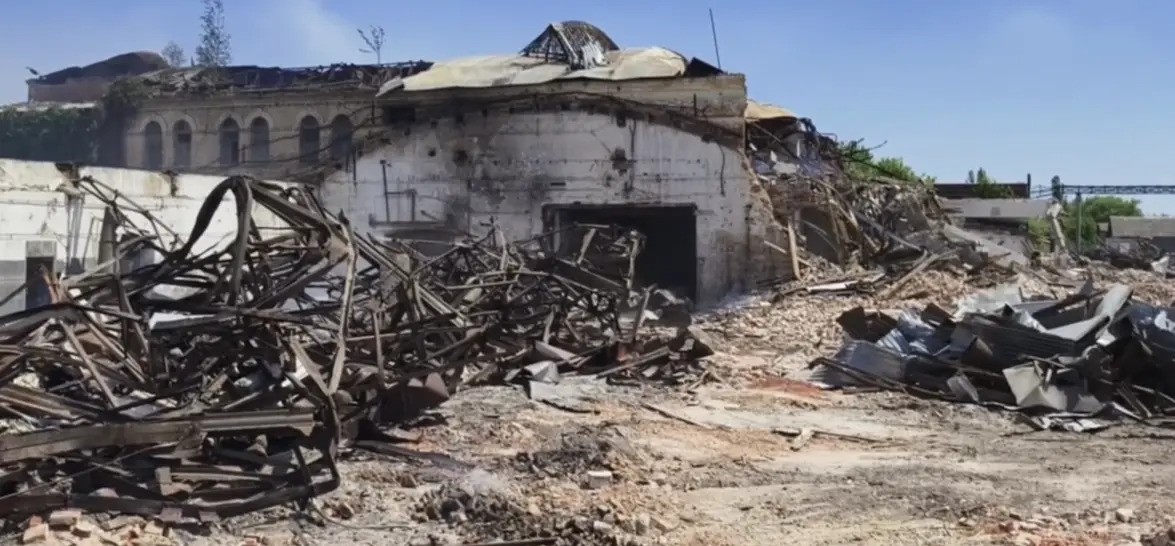
The first images of GMLRS remnants in Belgorod appeared on June 1 in an attack said to have been launched the day before, just hours after Biden authorized their use in Russia.
The first video of purported HIMARS launches into Russia began to emerge on social media on May 31.
On Sunday, Ukrainian President Volodymyr Zelensky said while he was grateful for the ability to use HIMARS inside Russia near Kharkiv, weapons with greater range should be allowed to hit military airfields deeper into the invading nation.
So far, this broadening of permissions for U.S.-supplied weapons use seems to be already impacting the intense situation in Kharkiv positively for Ukraine.
On Monday, White House National Security Council spokesman John Kirby told reporters, including from The War Zone, that nothing is set in stone as far as future use of U.S. donated munitions.
While the U.S. prohibition on Ukraine using [Army Tactical Missile System] ATACMS or long-range strikes inside of Russia “has not changed” for now, Kirby left the door open for future adjustments of that policy.
“As you well know, every step of this war, as the as the war has evolved, as the battlefield conditions have changed, we have evolved, and we have changed our support to Ukraine,” Kirby said. “I wouldn’t expect that general approach is going to be any different. In coming weeks and months, we’ll see more things [sent to Ukraine].”
Future decisions on what donated U.S. weapons Ukraine can use inside Russia and how far into that country will depend on a number of factors, including how Russia’s offensives in Ukraine progress. While there has been angry rhetoric out of Moscow, so far, there has been no discernible change in actual policy or force posture toward the U.S. and NATO.
Author’s note: Tyler Rogoway contributed to this report.
Contact the author: howard@thewarzone.com
